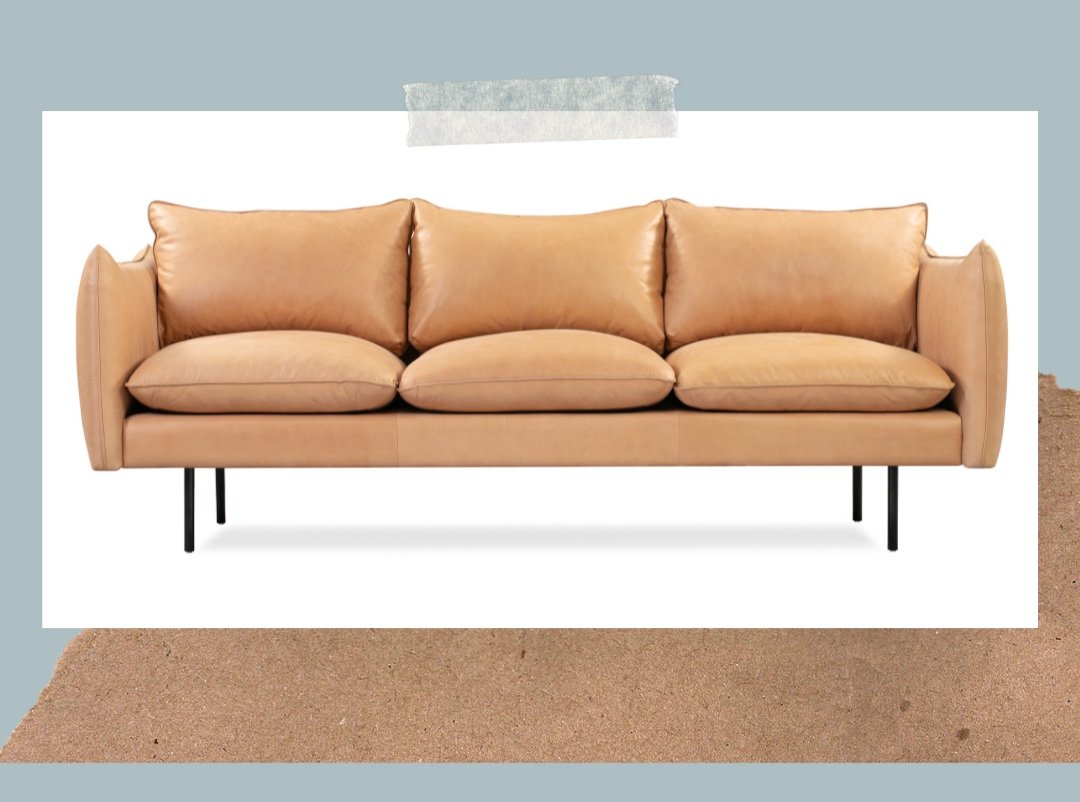Protected vs Unprotected Leather
Learn how to take good care of your type of leather furniture so it last for years to come. First let’s determine what type of leather furniture you have.
Protected Leather
Protected leather is semi aniline, aniline plus pigment, or pigmented leather.
During the drying process a top coat of protectant is added to the hyde. The top coat allows for easier clean-up and protects the leather from wear and staining.
This type of leather has a high resistance to fading, reduced visibility of natural marks, is lightly breathable, and is less soft to the touch compared to unprotected leather.
Unprotected Leather
Unprotected leather is pure aniline, full aniline, or unfinished leather.
Unprotected leather is softer to the touch than protected leather and is the higher quality leather of the two. There is no pigment or protectant applied to this type of leather making natural grains and markings more visible.
Since the surface is unprotected it is more susceptible to scratches, stains, and other damage.
Caring for unprotected leather requires a much gentler touch than caring for protected leather.
That’s why it’s important to determine which type of furniture you have; check the label or ask your retailer.
Not sure what’s in your home? Call the experts!
Leather Care Tips
Read the label: not all leather furniture is the same and should be cared for accordingly.
Dusting: we highly recommend dry dusting your furniture with a clean microfiber cloth to keep the dust from grounding into the leather. Dust absorbs the moisture out of your furniture and removing it will help prevent future surface soiling.
Wipe and dry: this is not applicable for Nubuck or full aniline leather. Remove surface soiling using three parts water to one part mild dish soap. On a barely damp towel wipe the surface of leather. First test in an inconspicuous area to ensure this does not damage the upholstery.
Condition your leather furniture every 6-12 months: check the label to see if you should condition your leather. If your leather gets too dry the fibers in the leather lose their strength and crack. Cleaning and conditioning will maintain your leather furniture's strength, and beauty, and restore its softness.
Protect your leather furniture: Prolonged exposure to liquids, even water, can leave stains on your leather furniture. Protective top treatment is excellent at helping repel liquids. The treatment creates a layer between the surface and liquid to help repel anything from seeping into the leather. This is a must-have for unprotected and light-colored leather. Protectant can be applied after stains, scratches, and fading are restored.
Keep your leather away from heat sources: including direct windows, fireplaces, and heater vents.

